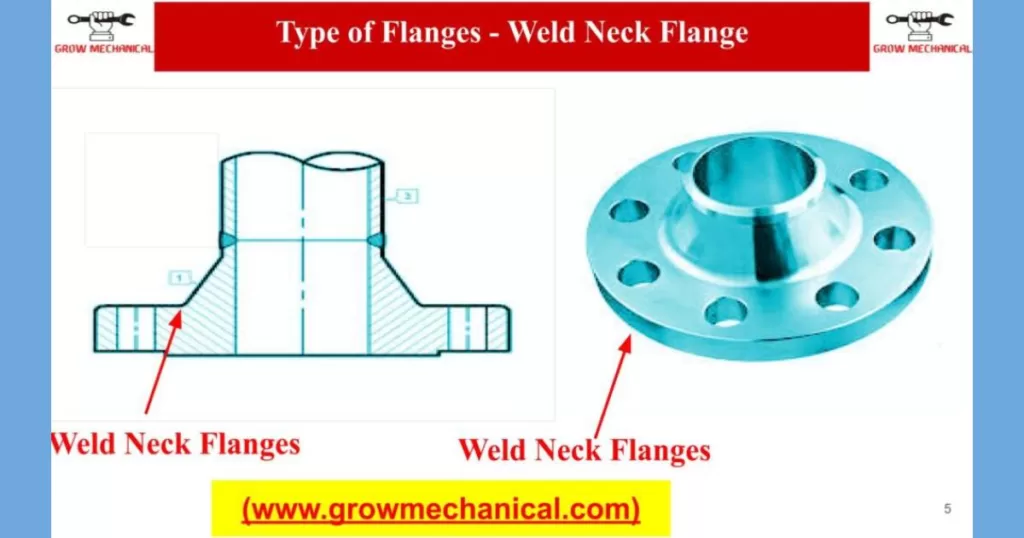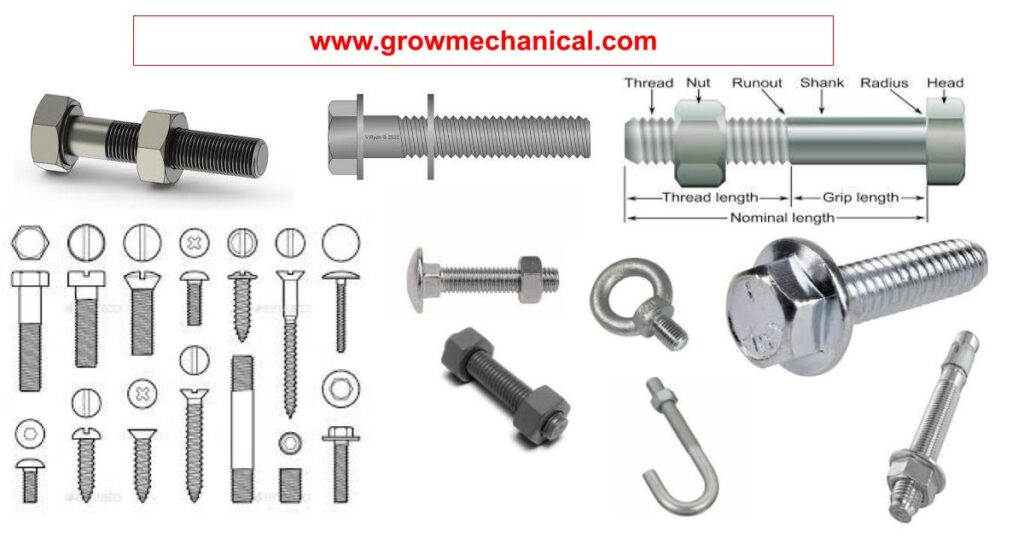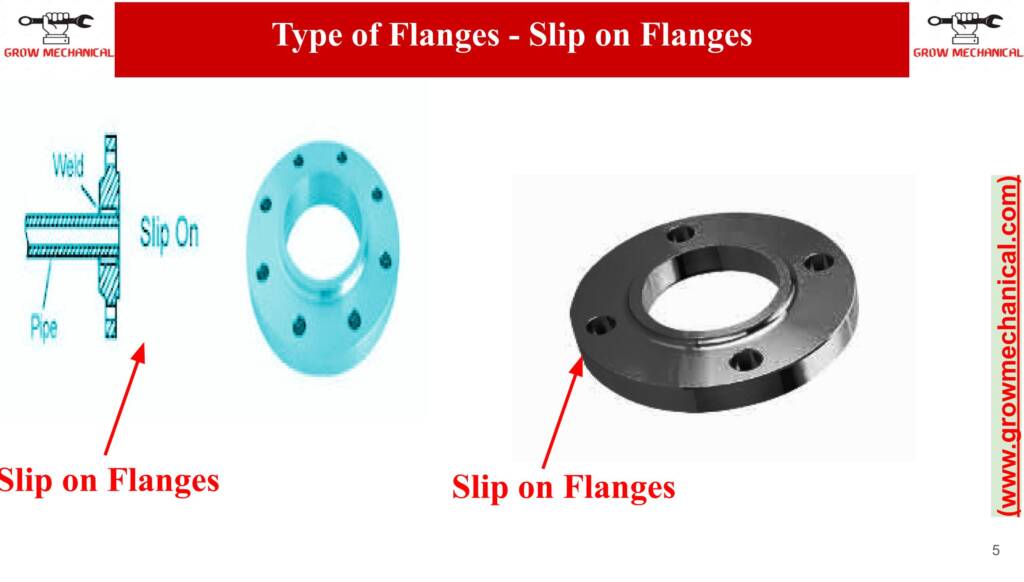What is a Weld Neck Flange?
A weld neck flange is a type of pipe flange designed for high-pressure applications. Its tapered hub and long tapered bevel offers extra strength and improved resistance against pressure, making it an ideal choice for any complex piping system.
A weld neck flange is a type of pipe flange designed with a tapered hub that allows it to be welded onto the pipe instead of being bolted in place. It is typically used in high-pressure applications, as its tapered hub and long tapered bevel offer extra strength and improved resistance to pressure, making it ideal for any complex piping system.
Follow Link – Weld neck flange dimension charts |
Types of Weld Neck Flanges
Weld neck flanges are a type of flange that has a long tapered hub that is welded onto a pipe. The flange itself has a neck that extends out from the hub, and the flange face has a raised ring or ridge that is used to center and support the gasket.
There are several types of weld neck flanges, including:
- Standard weld neck flanges: These are the most common type of weld neck flange, and they are used in a wide range of applications. They have a smooth transition from the flange face to the neck, and they are suitable for high pressure and high temperature applications.
- Long weld neck flanges: These flanges have a longer neck than standard weld neck flanges, and they are used in applications where there is a need to connect two pipes with a larger distance between them. They are also used in applications where there is a need to reduce stress on the flange connection.
Advantages of using a Weld Neck Flange
There are several advantages of using a weld neck flange in piping systems. Some of the key advantages include:
- Enhanced strength and reliability: The welded connection between the flange and the pipe creates a strong and reliable joint that is less likely to fail under high pressure and high temperature conditions.
- Improved flow characteristics: The smooth transition from the pipe to the flange and the raised ring or ridge on the flange face help to center and support the gasket, which improves flow characteristics and reduces the risk of leaks.
- Reduced stress concentration: The long tapered hub of the weld neck flange helps to reduce stress concentration at the base of the flange, which can help to extend the service life of the flange and the piping system.
- Easy to install and maintain: Weld neck flanges are easy to install and remove, which can help to reduce downtime during maintenance and repairs.
- Versatility: Weld neck flanges are available in a wide range of sizes, materials, and pressure ratings, which makes them suitable for use in a variety of applications and industries.
Installation Instructions weld neck flange
Installing a weld neck flange involves several steps, including:
- Preparation: Before installing a weld neck flange, ensure that the pipes are clean, free from debris, and cut to the correct length. Check that the flange and gasket are the correct size and rating for the application.
- Alignment: Align the flange and pipe so that they are centered and the bolt holes match up. Use a spirit level to ensure that the flange is level and use a clamp or other holding device to keep the flange in place.
- Welding: Weld the flange to the pipe using a welding technique appropriate for the materials and the application. Ensure that the weld is of high quality and free from defects.
- Bolt tightening: Tighten the bolts to the required torque specification, following a criss-cross pattern to ensure even distribution of the load. Do not overtighten the bolts, as this can cause damage to the flange or gasket.
- Testing: Once the flange is installed, test the system for leaks and pressure resistance. A common method of testing is to fill the system with water or another liquid and pressurize it to the maximum operating pressure.
Code and standards for weld neck flange
There are several codes and standards related to weld neck flanges that are commonly used in the industry. These include:
- ASME B16.5: This standard covers steel pipe flanges and flanged fittings from NPS 1/2 through NPS 24. It includes weld neck flanges, as well as other types of flanges such as slip-on, threaded, and socket-weld flanges.
- ASME B16.47: This standard covers large diameter steel flanges from NPS 26 through NPS 60. It includes weld neck flanges, as well as other types of flanges such as blind, slip-on, and threaded flanges.
- API 6A: This specification covers wellhead and Christmas tree equipment, including flanges, valves, and fittings. It includes weld neck flanges, as well as other types of flanges such as studded and ring-joint flanges.
- MSS SP-44: This standard covers steel pipeline flanges from NPS 12 through NPS 60. It includes weld neck flanges, as well as other types of flanges such as blind, slip-on, and threaded flanges.
- ASTM A105: This specification covers carbon steel forgings for piping applications, including weld neck flanges. It includes requirements for chemical composition, mechanical properties, and heat treatment.
- ASTM A182: This specification covers forged or rolled alloy and stainless steel pipe flanges, fittings, valves, and parts. It includes weld neck flanges, as well as other types of flanges such as slip-on, threaded, and socket-weld flanges.
Selection Guide for weld neck flange
When selecting a weld neck flange, there are several factors to consider to ensure that the flange is suitable for the application. Here is a selection guide with an example:
- Size: The weld neck flange should be the correct size for the pipe to which it is being connected. For example, if the pipe has a nominal diameter of 4 inches, a 4 inch weld neck flange should be selected.
- Pressure rating: The weld neck flange should be rated to withstand the maximum pressure of the system. For example, if the system operates at a maximum pressure of 1500 psi, a weld neck flange with a pressure rating of at least 1500 psi should be selected.
- Temperature rating: The weld neck flange should be rated to withstand the maximum temperature of the system. For example, if the system operates at a maximum temperature of 500°F, a weld neck flange with a temperature rating of at least 500°F should be selected.
- Material: The material of the weld neck flange should be compatible with the material of the pipe and the fluid being transported. For example, if the pipe is made of carbon steel and the fluid is corrosive, a weld neck flange made of corrosion-resistant material such as stainless steel should be selected.
- Standards and codes: The weld neck flange should meet the appropriate standards and codes for the application, such as ASME B16.5 or API 6A.
Example:
A piping system is being designed to transport corrosive fluid at a maximum pressure of 1500 psi and a maximum temperature of 350°F. The pipe has a nominal diameter of 6 inches and is made of carbon steel. A weld neck flange is required to connect the pipe to a valve.
Based on the selection guide, a suitable weld neck flange for this application would have the following characteristics:
- Size: 6 inch
- Pressure rating: at least 1500 psi
- Temperature rating: at least 350°F
- Material: corrosion-resistant material compatible with carbon steel and the corrosive fluid being transported
- Standards and codes: ASME B16.5 or equivalent
Using this information, a weld neck flange made of corrosion-resistant material such as stainless steel with a pressure rating of at least 1500 psi and a temperature rating of at least 350°F could be selected. It should also meet the appropriate standards and codes for the application.



